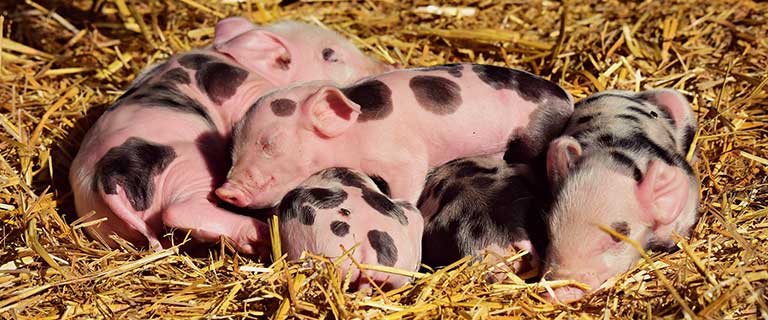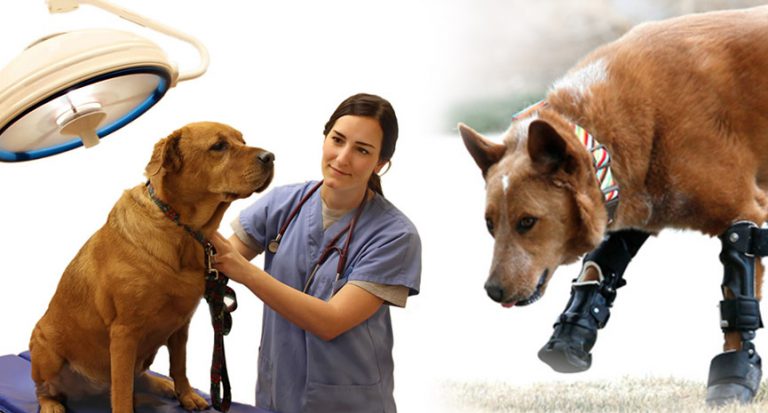Do you have any idea about what is Runt? Have you ever seen them?
A runt is a small animal born in a litter. A litter is known as the young ones born to an animal. Many animals undergo a runt with each litter. It is more common in the case of pigs. The survival of these infants has been a topic of scientific interest and study historically. Many a time, this term is used as a slang word for a child carrying connotations of weakness and a lack of consequence.
Origin of “Runt” Word
The origins of this word are rather interesting. Its first appearance in English was in 1501, in reference to an old or decaying tree stump. By 1549, people were using the term to talk about unusually small animals. Further, in 1841 & till now, it is used in the sense of the smallest in a litter entered common usage.
Some Myths About Runts with their Correct Fact
Myth: Middle puppy in the Uterus will be a runt
Fact: When pups are in the uterus of a mother dog, they are changing positions constantly by moving inside the Uterus.
Myth: The last puppy in the litter will be the runt.
Fact: This myth can be broken by the scientific statement that the mother dog’s eggs are fertilized at the same time or very close to it. Hence the pups ultimately are of the same age.
Health Problems Associated with the Runt of The Litter
Low Birth Weight
Mostly Runts are born with low birth weight. According to vets, a puppy should gain about 5% to 10% of its birth weight daily. As mentioned by the AKC, infants with low birth weight have an 81% chance of death in the first 48 hours, if not taken care of.
Colostrum Deficiency
Colostrum is a special kind of milk. Post-birth, the mother. The milk contains life-supporting immune and growth factors that ensure the health of the infant puppies. If the runt fails to drink colostrum milk, then a pup can have a weak immune system and will be more prone to illness and infections.
Fading Puppy Syndrome
This syndrome occurs when a puppy dies within the first few weeks of life without showing any cause or clinical signs. Low birth weight, improper nurturing, infection, or congenital defects are some of the major reasons behind this syndrome. Generally, runt isolates themselves from the surroundings when they have fading puppy syndrome. Proper nurturing and care by humans can save a life of a fading puppy if the condition is recognized the earliest.
Congenital Problems
Defects such as cleft palates, cardiovascular deformities, and dwarfism are some of the congenital problems in the runt. This is mainly due to the inadequate supply of nutrients to the pup in the uterus. Neonatal mortality can be reduced if these congenital problems are addressed and treated early in the runts.
Prone to Infection
Parasite attacks are common amongst pets. But for runts, it is difficult to withstand the load of these parasites. Parasites such as hookworms and roundworms use their body as a host. This can lead to stunted growth and sometimes weight loss.
Hypothermia and Hyperthermia
As the name suggests, it is due to the high temperature/low temperature received by pups. It is very crucial to regulate the temperature of pups’ bodies after birth. In the case of Hypothermia, a runt of the litter should stay close to its mother to receive proper heat. In case, if the dam isn’t there to provide warmness, it is necessary to provide external heat, especially to the runt. While in Hyperthermia, runts should be saved from hot climates or inappropriate supplemental heat.
How to Help A Runt to Survive?
Take Expert Advice
It is the best solution, to consult the nearest vet and follow their advice. In case if you come across the runts of stray animals, it is better to take them to the veterinarian hospital. Early detection of health problems can save the life of the runts.
Feeding the Runt
Newborn pups quickly get dehydrated and hypoglycemic if they don’t get enough colostrum milk. If a runt isn’t able to latch on to his mother, then express her milk by hand into a sterilized cup to feed the puppy. Your vet can suggest a puppy formula that can compensate for the nutrients of colostrum milk.
Keeping Runt Warm
A runt must receive warmness from her mother. The dam has mammary glands that maintain the temperature of newborns. Due to any reason, runt’s mom is not with them, then you should create an external warm environment for them. As per the expert advice, the room temperature should be 86-89ºF to keep runts warm.
Saving Them From Parasites Attack
Due to the deficiency of colostrum milk, runt’s immunity is weak and gets easily affected by parasite attack. Take safety measures especially for runts to save them from these infections.
Life of Runt
The runt of a litter is always noticeable because of the size. He or she will be much smaller than the other littermates. Many demonstrate a failure to thrive, as they are unable to compete with their siblings for food and warmth. If they survive, these animals may grow up to be smaller than others of the same species, and they sometimes develop unique personality traits as a result of their stunted childhoods. When this animal is taken away from the litter and given supplemental food and attention, however, it may develop normally.
For puppies and kittens, size really does matter!
Shelters say smaller animals get adopted faster, and animal experts say the runt of a litter tends to be better protected by the mother. Prospective pet owners, attracted to big heads on little bodies, heap attention on them.
“Humans are drawn to animals or beings of any kind whose proportion of eyes to head is large,” says Dr. Julie Meadows, a faculty veterinarian at the William R. Pritchard Veterinary Medical Teaching Hospital at the University of California, Davis. “It’s why we all coo” when we see babies, whether they’re human or animal.
For runts destined to become family pets, size is their greatest risk before birth but their greatest appeal after birth. It’s the underdog, under cat thing, say experts. In fact, smaller rescue dogs are adopted five times faster than the larger ones. That could be a result of the growing popularity of so-called pocket puppies–teacup dogs bred to be small and stay small. Pet owners seem to be looking for that really cute runt equivalent, almost like we are selecting for runted creatures because we like those little things that can ride around in our purses and strollers.
A litter has only one true runt, but not every litter will have one. Litter-bearing mothers have Y-shaped uteruses. Those at the center of the Y get the least amount of nourishment, while those closest to the mother’s blood supply get the most and have the highest birth weights.
When runts are born, they have to fight harder because they are small, weak, and others often pick on them or push them away from their food source. All of these things tend to press on the mother in many of us to protect them. If the runt of a litter makes it to six to eight weeks, it will probably survive and likely grow close to full size, experts say.
The runted kitten of an abandoned litter that was fostered by a local group now weighs more than 7 pounds. When he was found in June 2011 with his 8-week-old littermates, he weighed less than 8 ounces–one-fourth to one-third of normal kittens.
“I stayed up for three straight days with him, giving him fluids and antibiotics, warming him with IV bags heated in the microwave, using a humidifier, and watching him round-the-clock. I didn’t think he would make it,” said the owner but he did. Hallelujah!
Runts aren’t welcomed everywhere, though. Wilbur, the runted pig in the classic children’s book Charlotte’s Web, was saved from slaughter with the help of a spider, but producers in real life aren’t as forgiving. A pig farmer will probably cull runts from his pens because they will never reach the body size needed for meat production.
It is also important to note that in the wild, only the strong survive. And runts likely won’t win sporting awards, since they won’t have the muscles or build needed for agility or show ring competition. Yet still, we love them!





